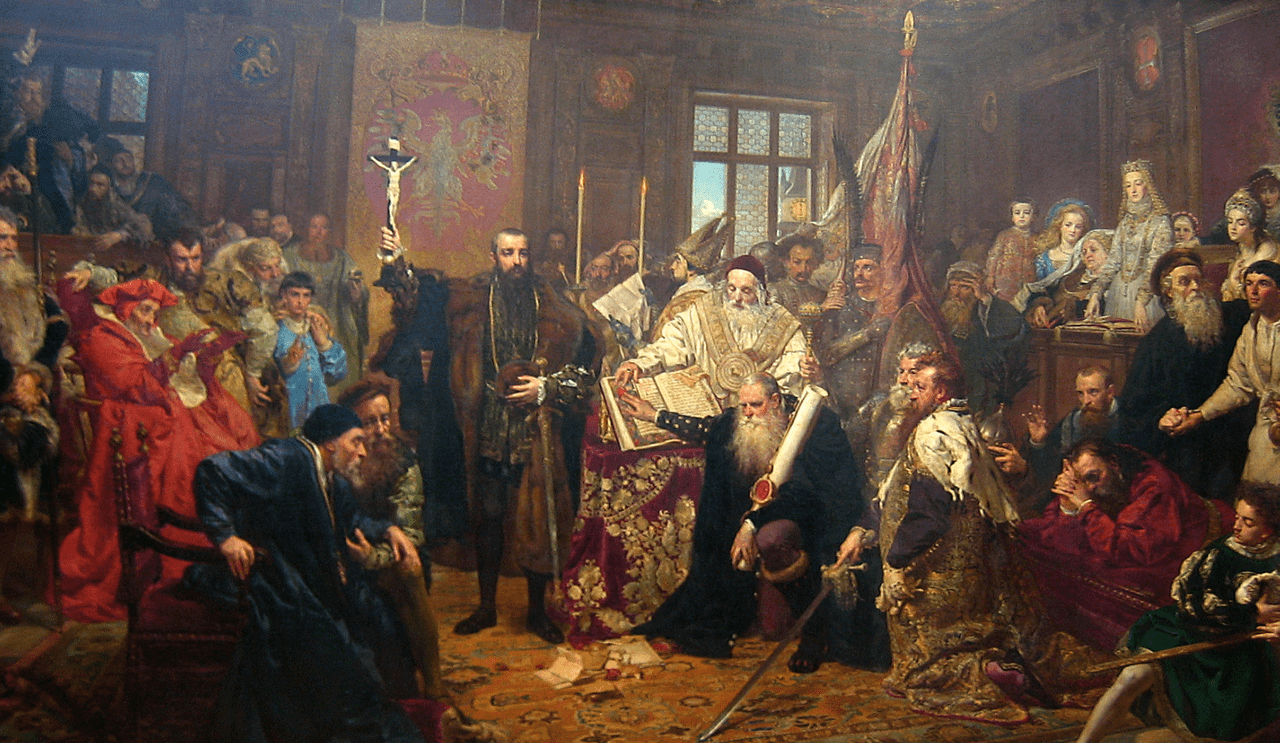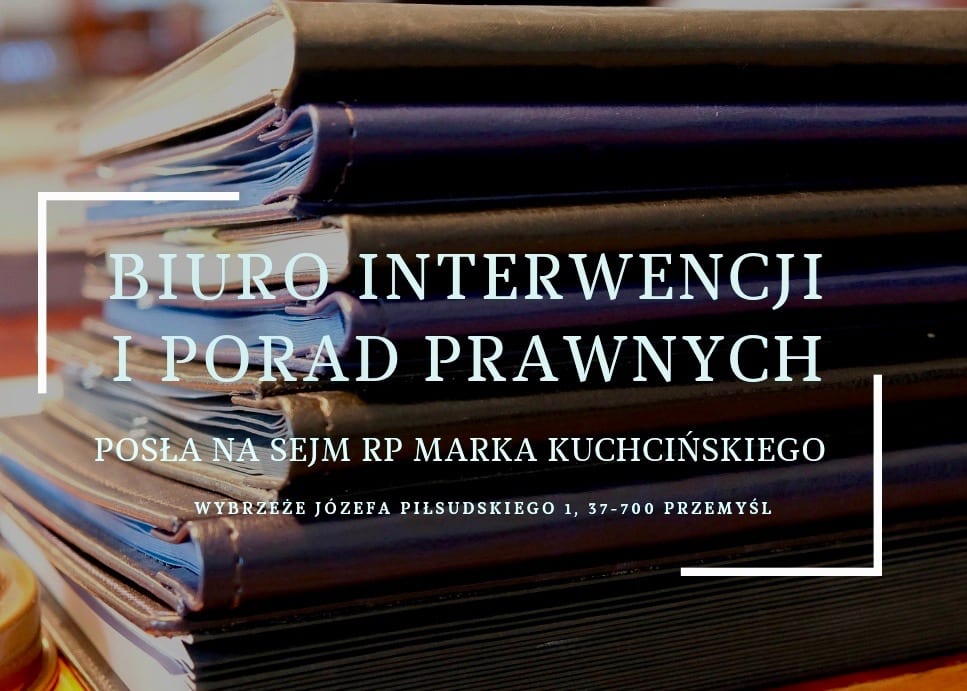On 10 January 1569 in the castle of Lublin the sessions of the Sejm began preceding the conclusion of the Polish-Lithuanian Union, which created a geopolitical superpower.
The goal of the aforementioned Sejm was to permanently unite the Crown and the Grand Duchy of Lithuania. The Union of Lublin was an agreement between two countries, the Crown and the Grand Duchy of Lithuania, which created a new state, the Republic of the Two Nations. This act differed from previous ones because it combined the two states on completely different terms. So far in the history of our country we have been dealing with a personal union (with a break in the years 1440-1447 and in the years 1492-1501), that is the union of the state through the person of the ruler. The road to the creation of the Polish-Lithuanian Commonwealth was not an easy one, as Sigismund Augustus had to fight for many years against the opponents of the union led by Mikolaj "Czarny" Radziwill. It was only his death in 1565 that weakened the camp of the opponents of the union, which was deprived of a charismatic leader.
The final act of union was agreed upon by both parties on June 29, 1569. Poles and Lithuanians exchanged acts of union. The swearing-in ceremony took place on July 1, 1569. As the Lithuanians were entering the Polish Senate they had to swear not only to the union but also to loyalty to the Crown. It was decided that the new state would have a common monarch, parliament, currency, and foreign and defense policy. The treasury remained separate, as well as the offices, army and judiciary. A joint General Sejm was appointed, and Warsaw was chosen as the place of its sessions. The parliamentary chamber consisted of 114 members of the Crown and 48 members of Lithuania. The Senate consisted of 113 senators from the Crown and 27 from Lithuania.
source: historkon.pl
painting: Jan Matejko "Union of Lubesa"



